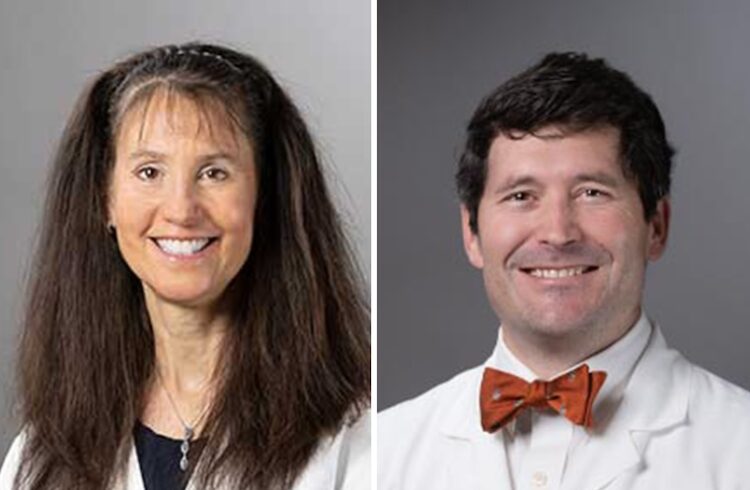
Cirle Warren, MD, and her team have made a discovery that raises hopes of reversing aging's toll on the immune system.
Infections caused by the C. difficile bacteria are a serious health threat, especially for older people. But researchers at the University of Virginia School of Medicine have found that simply altering the bacteria in our guts may dramatically improve outcomes for patients with the life-threatening illness.
The work adds to the mounting evidence that the microbiome, the collection of bacteria that naturally live inside us, is a vital player in maintaining good health and battling disease. Doctors may one day manipulate it – by adding bacteria, for example, or changing a person’s diet – to help patients beat C. diff and many other diseases as well. Indeed, fecal microbiota transplantation (stool transplant) has been found to be effective in halting recurrent C. difficile infection.
Aging and Disease Outcomes
The researchers set out to understand the effect of age and microbiome composition on the ability to battle C. difficile, a common infection that kills thousands of Americans every year. Older lab mice, they found, were much more likely to die from C. diff infection than younger ones – 83 percent of 18-month-old mice died, compared with only 17 percent of 8-week-old mice. This aligns with what we see in humans: Around 90% of people who die from C. diff are over the age of 65.
In investigating the cause of this difference, the researchers found that aged mice lacked specific bacteria that were much more common in the guts of younger mice. The researchers could improve the older mice’s chances of surviving just by switching their cages with the younger mice’s cages, replenishing the older mice’s population of beneficial gut bacteria. After the switch, both older mice and younger mice had the same mortality rate: approximately 20 percent. For the older mice, that’s a reduction in the death rate of 63 percentage points.
“It is important to study how aging affects our body’s ability to fight off diseases because every one of us will experience the effects of aging. As we get older, our body’s immune system and the normal bacteria living in our intestines change. This aging process makes us more susceptible to death from the C. difficile infection, the most common pathogen to cause hospital-related infections in the U.S,” said Jae Hyun Shin, a post-doctoral fellow in the Division of Infectious Diseases and International Health. “Findings from our mouse experiments could shed light on the process related to aging that makes older people more susceptible, and also lead to novel strategies to protect older patients from the severe effects of C. difficile infections.”
While the cage switching improved the mortality rate, it did not significantly affect discrepancies in weight loss seen between the older mice and the younger mice. The older mice lost weight slowly but persistently after infection, while the younger mice lost weight more quickly but then rebounded. That this process was largely unaffected by the microbiome alteration suggests there are other factors at play as well, the researchers noted.
“We are excited about the possibility of specific bacteria or bacterial community influencing health and the outcome of disease, especially in the elderly,” said Cirle Warren, MD, associate professor of medicine at the Division of Infectious Disease and International Health. “We still have a lot of work to do but as we continue to witness population aging, identification of specific components of the healthy intestinal microbiota, bacteria or their products which may restore some of the functions of a youthful bacterial community appear to be a promising strategy to combat C. difficile infection, a disease notoriously common in older individuals. It may be possible to reduce the effects of aging on our immune system by manipulating the intestinal bacteria, possibly through something as simple as a pill.”
Findings Published
The researchers’ findings have been published online by the Journal of Infectious Diseases.
The research team stretched across UVA, consisting of Shin; Yingnan Gao, of the Department of Biology; John H. Moore II, of the Department of Electrical and Computer Engineering; David T. Bolick, of the Department of Medicine; Glynis L. Kolling, of the Department of Medicine; Martin Wu, of the Department of Biology; and Warren.
The work was partially supported by the National Institutes of Health’s National Institute of Allergy and Infectious Diseases, grants U01 AI075526 and T32 5T32AI007046-39.
To keep up with the latest medical research news from UVA, subscribe to the Making of Medicine blog at makingofmedicine.virginia.edu.



